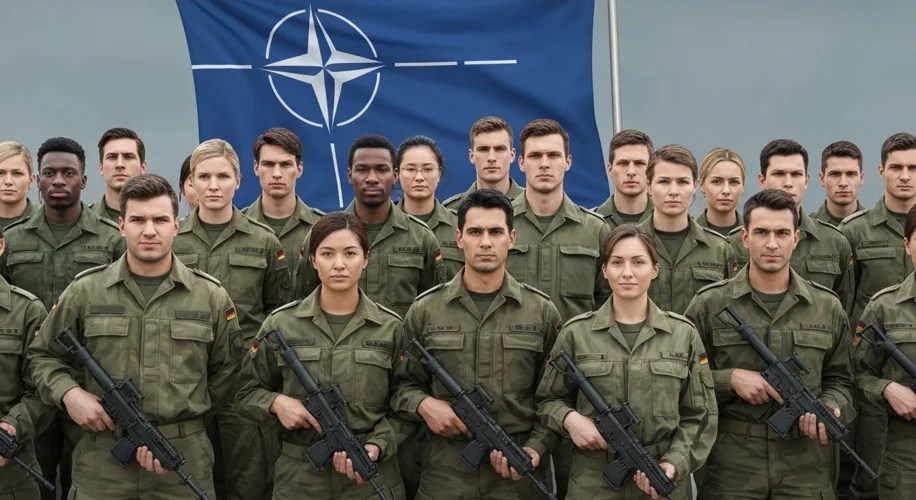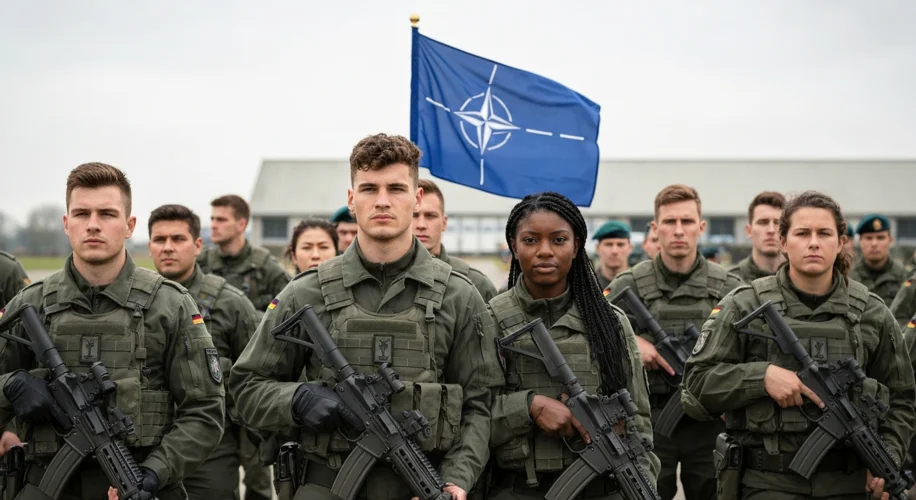The dust of World War II had barely settled when Germany, a nation shattered and defeated, faced a daunting question: what role would its military play in a Europe forever changed? The answer, forged in the crucible of Cold War anxieties and democratic aspirations, would redefine not just Germany, but the very fabric of Western security.
A Nation Reborn from Ruin
Imagine a landscape scarred by conflict, cities reduced to rubble, and a populace weary of war. This was Germany in 1945. The very concept of a German military was tainted by the horrors of the Nazi regime. For years, any semblance of an armed force was unthinkable, actively dismantled by the Allied powers. The burgeoning Soviet threat from the East, however, soon cast a long shadow, compelling the Western Allies and the newly formed Federal Republic of Germany (West Germany) to reconsider.
The Shadow of the Iron Curtain
The year is 1949. The Berlin Blockade and Airlift had vividly demonstrated the stark division of Europe. West Germany, a key battleground in the emerging Cold War, was strategically vital. Yet, the idea of rearming Germany was met with deep apprehension, not only by its neighbors who remembered the Blitzkrieg but also by many Germans themselves. The specter of a resurgent militarism was a powerful deterrent.
Key Actors and Shifting Perspectives
At the forefront of this complex reorientation was Konrad Adenauer, the first Chancellor of West Germany. A staunch anti-communist and a firm believer in Western integration, Adenauer saw a rearmed, democratic Germany as essential for both self-defense and European stability. He championed the idea of a “citizen in uniform” – a military integrated into a democratic society, accountable to civilian leadership. On the other side of the divide, the Soviet Union viewed any German rearmament with intense suspicion, viewing it as a direct threat. The other Western European nations, while wary, were increasingly persuaded by the necessity of a German contribution to a collective defense against Soviet expansionism.
The Birth of the Bundeswehr
Against this backdrop, the Bundeswehr (German Federal Armed Forces) was established in 1955. This was not a revival of the old Wehrmacht, but a fundamentally different entity. Its creation was inextricably linked to Germany’s integration into NATO, the North Atlantic Treaty Organization. This alliance provided a crucial framework, ensuring that any German military would be part of a larger, coordinated defense structure, subject to collective oversight.

Initially, the Bundeswehr’s role was envisioned primarily as defensive, focused on contributing troops and resources to the defense of West Germany itself and the NATO front lines. The emphasis was on territorial defense, with limited offensive capabilities. This was a deliberate choice, reflecting the deep-seated aversion to aggressive military action that permeated German society and its political leadership.
Long-Range Capabilities: A Gradual Evolution
For decades, the Bundeswehr’s strategic posture remained largely defensive. Its force structure, equipment, and training reflected this. However, as the geopolitical landscape evolved, so too did the demands placed upon it. The end of the Cold War brought new challenges, including the rise of asymmetric threats, international terrorism, and the need for rapid deployment in crisis zones. This necessitated a gradual shift.
By the late 1990s and into the 21st century, the Bundeswehr began to acquire and develop capabilities that extended beyond pure territorial defense. This included enhanced air transport, reconnaissance assets, and the gradual development of forces capable of projecting power and participating in out-of-area operations, such as peacekeeping missions and combat deployments in places like Afghanistan. This reorientation was often a subject of intense domestic debate, with many Germans remaining deeply cautious about any expansion of their military’s reach and capabilities.
Impact and Legacy
Germany’s military reorientation post-WWII is a remarkable story of transformation. From a pariah nation, it emerged as a cornerstone of Western security, albeit one with a meticulously crafted, democratically controlled defense force. The Bundeswehr’s integration into NATO was not just a military necessity; it was a critical step in Germany’s reconciliation with its European neighbors and its re-establishment as a respected member of the international community.
The evolution from a purely defensive force to one capable of contributing to international security operations reflects a pragmatic adaptation to a changing world. It remains a delicate balancing act, constantly negotiated between the historical imperative of restraint and the contemporary demands of collective security. The journey of the German military is a testament to how nations, even those scarred by the darkest of pasts, can forge a new identity rooted in democracy, international cooperation, and a commitment to peace, even while maintaining the means to defend it.

